U.S., China Prepare for High-Stakes Trade Talks in Geneva

U.S., China Prepare for High-Stakes Trade Talks in Geneva
But the likelihood of the two sides reaching a comprehensive deal soon remains low.
People are seen in front of a McDonald’s restaurant in Beijing on May 8. Pedro Pardo/AFP via Getty Images
Welcome back to World Brief, where we’re looking at upcoming U.S.-China trade talks, foreign attendance at Russia’s Victory Day parade, and ongoing clashes between India and Pakistan.
Trade War Negotiations
Senior U.S. and Chinese negotiators are gearing up for high-stakes trade talks in Switzerland on Saturday. De-escalating the trade war is a top priority for both Team Trump (represented by U.S. Treasury Secretary Scott Bessent and Trade Representative Jamieson Greer) and Chinese Vice Premier He Lifeng, Beijing’s top economic official. But with neither side willing to lose face in negotiations, the likelihood that Saturday’s dialogue culminates in a trade agreement remains low.
Welcome back to World Brief, where we’re looking at upcoming U.S.-China trade talks, foreign attendance at Russia’s Victory Day parade, and ongoing clashes between India and Pakistan.
Trade War Negotiations
Senior U.S. and Chinese negotiators are gearing up for high-stakes trade talks in Switzerland on Saturday. De-escalating the trade war is a top priority for both Team Trump (represented by U.S. Treasury Secretary Scott Bessent and Trade Representative Jamieson Greer) and Chinese Vice Premier He Lifeng, Beijing’s top economic official. But with neither side willing to lose face in negotiations, the likelihood that Saturday’s dialogue culminates in a trade agreement remains low.
“My sense is that this will be about de-escalation, not about the big trade deal,” Bessent told Fox News on Tuesday. Chinese Foreign Ministry spokesperson Lin Jian wrote on Wednesday that “China is open to dialogue, but any dialogue must be based on equality, respect and mutual benefit.”
A lot is riding on Saturday’s talks between the world’s two largest economies. On Friday, new Chinese customs data indicated that Chinese global exports grew 8.1 percent in April compared to the previous year despite Trump imposing sweeping tariffs last month. This unexpectedly strong performance represents a setback for Washington, as it strengthens Beijing’s hand ahead of negotiations and demonstrates that China’s recent efforts to court trade elsewhere have worked. Beijing has diverted trade flows to the Indo-Pacific and Europe, with the largest increases in outbound shipments going to Indonesia, Thailand, and Vietnam.
Trump, however, is hoping that his hard-line playbook will bolster U.S. negotiating power. On Wednesday, for instance, Trump said he was not willing to lessen U.S. duties on China (currently totaling 145 percent for most goods) even if doing so would help jump-start negotiations. Yet just two days later, he seems to have changed his tune, suggesting on Friday that he would be willing to cut U.S. duties. “80% Tariff on China seems right!” he wrote on Truth Social. Chinese retaliatory tariffs sit at 125 percent.
In Geneva, the Trump negotiating team is expected to focus on getting China to decrease nontariff barriers to U.S. exports. This would echo a similar strategy used during Trump’s first term, when he stipulated that Beijing must buy an additional $200 billion in U.S. exports over 2020 and 2021. China fell short of these levels, though, and Bessent told Fox News that the White House is prepared to take Beijing’s past noncompliance into account when negotiating new trade deals.
Saturday’s talks follow a week of U.S. trade negotiations around the world, with varying levels of success. On Thursday, Trump reached a trade framework with British Prime Minister Keir Starmer that would reduce most tariffs and allow for greater access to each other’s markets. That same day, though, the European Union published a list of U.S. imports that it plans to target with retaliatory duties if Trump does not end his trade war, and the European Commission said it would begin legal action at the World Trade Organization to challenge the so-called reciprocal tariffs that Trump announced last month.
Meanwhile, Reuters reported on Friday that India has offered to cut its tariff gap with the United States from nearly 13 percent to less than 4 percent in exchange for U.S. tariff exemptions. This would reduce the two countries’ average tariff differential, calculated across all products without weighting for trade volume, by 9 percentage points.
“Many Trade Deals in the hopper, all good (GREAT!) ones!” Trump wrote on Truth Social on Friday.
Today’s Most Read
- What Is the Risk of a Conflict Spiral Between India and Pakistan? by Sumit Ganguly
- A Tale of Four Fighter Jets by Rishi Iyengar
- Conclave Sends Message With American Pope by Christopher White
What We’re Following
Victory Day. Twenty-nine foreign leaders converged on Moscow on Friday to attend Russia’s Victory Day parade commemorating the 80th anniversary of the surrender of Nazi Germany in World War II. Among those in attendance were Chinese President Xi Jinping, who arrived earlier this week for talks with Russian President Vladimir Putin; Brazilian President Luiz Inácio Lula da Silva, who said he was delivering a message from Kyiv calling for a sustained cease-fire; and Serbian President Aleksandar Vucic, who received such strong European backlash over his participation that Latvia and Lithuania reportedly barred his plane from using their airspace to fly to Moscow.
The ceremony went off without any attacks, despite Ukrainian President Volodymyr Zelensky warning this week that Kyiv “cannot be held responsible for what happens on the territory of the Russian Federation” during Victory Day celebrations.
Yet the event was not without foreign condemnation. Ministers from almost 20 European nations met in the Ukrainian city of Lviv on Friday to back a special tribunal to prosecute Putin and other senior Russian officials for alleged war crimes against Kyiv. The tribunal, endorsed by 37 countries and set within the framework of the Council of Europe, could begin next year.
Clashing allegations. India and Pakistan accused each other on Friday of launching overnight drone and artillery attacks, bringing the total number of people said to have been killed since the fighting began on Wednesday to around 48. New Delhi’s Air Force claimed that Pakistan had used Turkish-made drones to target 36 locations in India’s western and northwestern regions, India-controlled Kashmir, and along the edge of the Arabian Sea. Islamabad denied these allegations and instead pointed to Indian drone strikes in Pakistan-controlled Kashmir. Each side has accused the other of being responsible for civilian deaths.
Saudi Arabia, the United Arab Emirates, Kuwait, and Iran have sent or plan to deploy their diplomats to the region to try to de-escalate the conflict. But several major powers—including the United States, Russia, and the United Kingdom—have refrained from seeking a direct mediation role.
“Today, India has greater capabilities and an ability to resist pressure from countries,” Tanvi Madan, a senior fellow at the Brookings Institution, told FP’s Ravi Agrawal this week. “Whether it’s the Europeans or the U.S., they have other goals with India that they don’t want to actually adversely affect. And so, they’re not getting as involved.”
Cease-fire violation. Israel launched dozens of airstrikes at southern Lebanon on Thursday, allegedly hitting a “Hezbollah infrastructure site.” At least one person was killed and another eight injured. This was one of the heaviest Israeli bombardments of Lebanon since Israel and Hezbollah struck a cease-fire deal last November.
Under the truce’s terms, Hezbollah cannot operate in areas near the Litani River, which is roughly 12 miles from the Israeli border. In exchange, Israeli troops must withdraw from Lebanon, and the Lebanese army will man the region to maintain the peace. However, the cease-fire has largely gone ignored by both sides, with Hezbollah still firing rockets into Israel and Israeli forces remaining present in parts of Lebanon.
“All Israeli violations of U.N. Resolution 1701 and cease-fire agreements must come to an end,” Lebanese Prime Minister Nawaf Salam wrote on X, condemning Thursday’s attack. “The Lebanese government has not—and will not—stop pushing for Israel’s full withdrawal from our territory.”
What in the World?
Who was selected as the new pope, the leader of the Catholic Church, on Thursday?
A. Italian Cardinal Pietro Parolin
B. Philippine Cardinal Luis Tagle
C. American Cardinal Robert Prevost
D. American Cardinal Joseph Tobin
Odds and Ends
For those looking to add a little geopolitics to their vinyasa flows, the November Project fitness group hosted a free yoga class at the Canadian Embassy in Washington on Friday. Despite enjoying a good workout, former Canadian Prime Minister Justin Trudeau did not make a surprise appearance. But maybe that’s because nowadays, there’s more at stake for U.S.-Canada soft (and mindful) power.
And the Answer Is…
C. American Cardinal Robert Prevost
Prevost, who was born in Chicago, has spent the bulk of his adult life in Italy and Peru. He shares the late Pope Francis’s vision for “a better kind of politics,” Christopher White writes.
To take the rest of FP’s weekly international news quiz, click here, or sign up to be alerted when a new one is published.
Alexandra Sharp is the World Brief writer at Foreign Policy. X: @AlexandraSSharp
More from Foreign Policy
-

Eight people dressed in camouflage military combat uniforms wade across a river, the water up to their waists. The soldiers carry large backpacks along with their rifles. Snowcapped mountains and a thick forest of evergreen trees loom in the distance. Get Ready for the Aleutian Island Crisis
As conflict heats up in the Arctic, foreign adversaries eye Alaskan territory.
-

U.S. President Donald Trump speaks to reporters before boarding Air Force One at Morristown Municipal Airport in Morristown, New Jersey, on April 27. Trump’s First 100 Days Reveal a ‘Strongman’s’ Unprecedented Weakness
No U.S. president has ever surrendered global power so quickly.
-

An elderly man and woman sit on the ground, the man on his knees as he sorts through something on the ground. Behind him are a rusted cart and bicycle in front of a paint-smeared concrete wall and a battered corrugated metal sign with the words USAID: From the American people” on it. What Trump’s New Budget Says About U.S. Foreign Policy
The president wants to significantly pull back on many of America’s traditional global engagements while spending more on the border and defense.
-

U.S. President Donald Trump listens to Secretary of State Marco Rubio at a cabinet meeting in the White House in Washington, D.C. Rubio’s Reorganization Plan Is a Wrecking Ball
The State Department revamp goes far beyond streamlining—it will devalue human rights and strip away critical expertise.



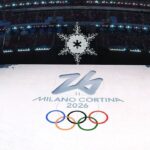
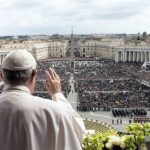

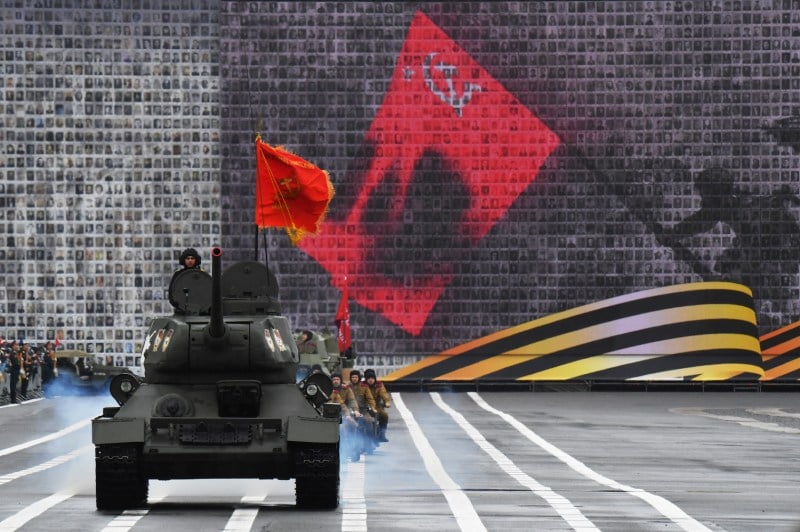
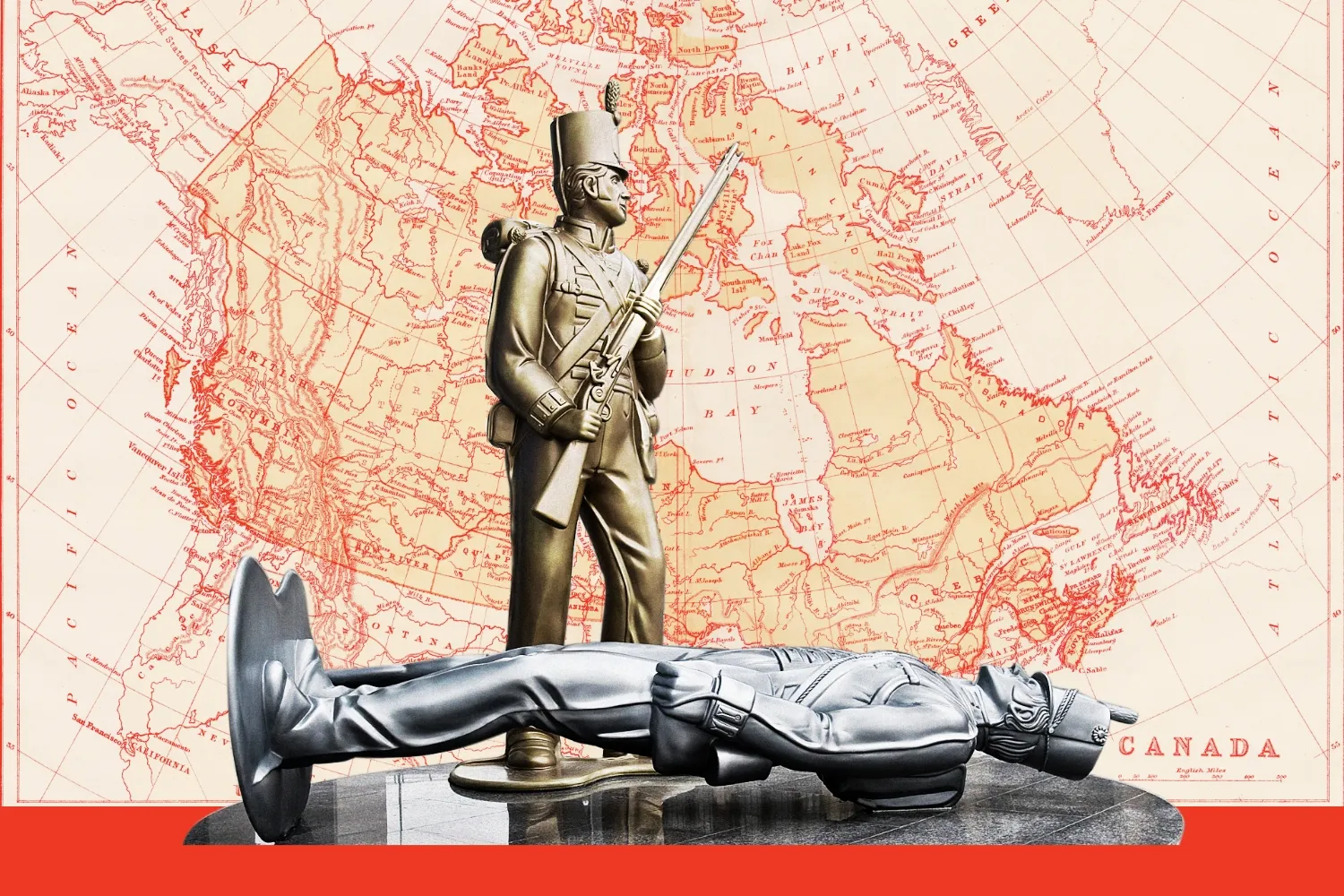
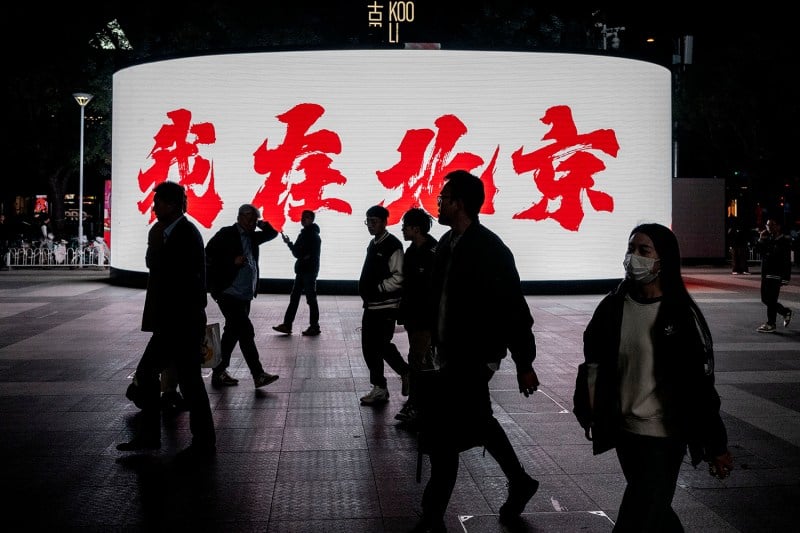
Join the Conversation
Commenting on this and other recent articles is just one benefit of a Foreign Policy subscription.
Already a subscriber?
.
Subscribe
Subscribe
View Comments
Join the Conversation
Join the conversation on this and other recent Foreign Policy articles when you subscribe now.
Subscribe
Subscribe
Not your account?
View Comments
Join the Conversation
Please follow our comment guidelines, stay on topic, and be civil, courteous, and respectful of others’ beliefs.
Change your username |
Log out
Change your username:
CANCEL
Confirm your username to get started.
The default username below has been generated using the first name and last initial on your FP subscriber account. Usernames may be updated at any time and must not contain inappropriate or offensive language.